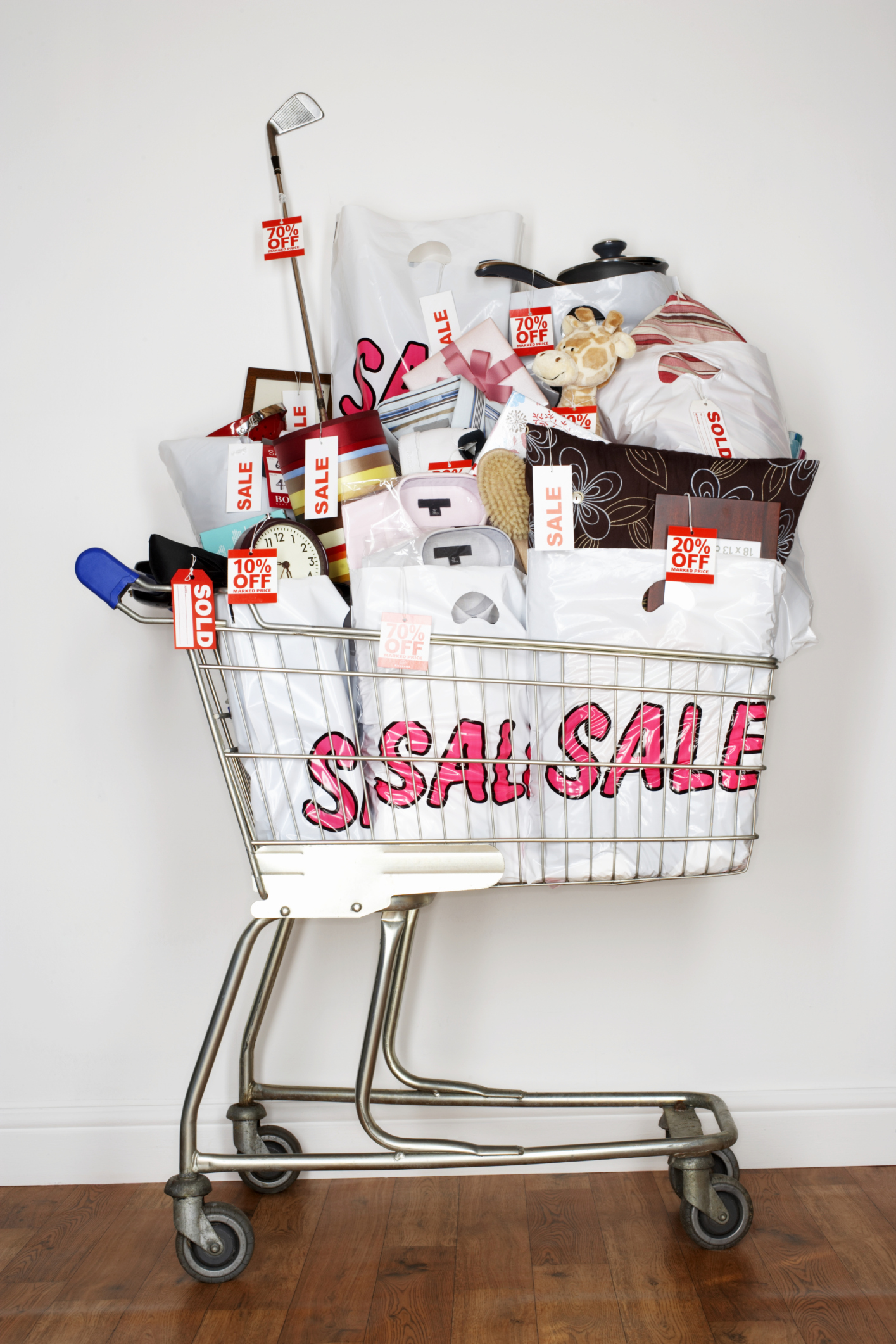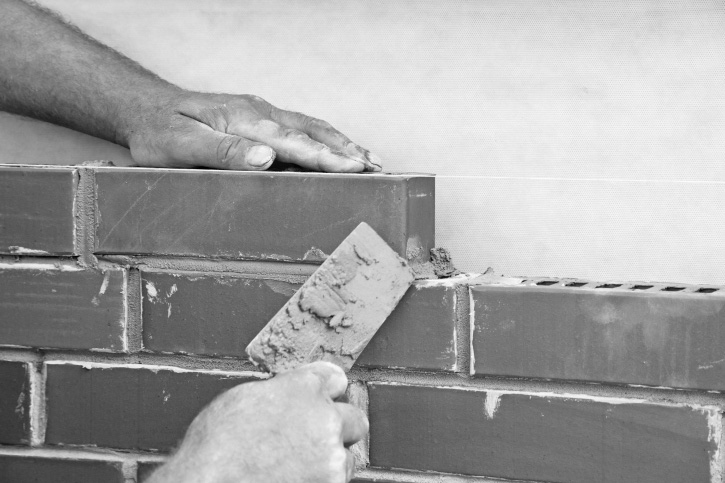The death of traditional consumerism: what does it mean for pharma?
HAVAS Worldwide’s latest paper, The New Consumer & The Sharing Economy, outlines a growing sentiment against over consumption. Seven in ten of us believe it to be putting our society and the planet at risk, and the majority feel that current models of consumerism are not sustainable. More than this, we feel weighed down by the sheer amount of ‘stuff’ we own.

Put simply, we’re tired of consumerism and bored of adverts that try to manipulate us by pushing products at us like they’re the answer to life’s problems. We want to be in control, we want to be able to make informed decisions about how we spend our time and money and we don’t want others telling us what to do.
This goes for healthcare as much as consumer markets. Patients no longer expect to merely be prescribed a pill that they unwittingly swallow down once a day and hope for the best. Facilitated by an abundance of information technologies, they are knowledgeable about treatments and want to be actively involved in managing their own health care.
The wealth of monitoring apps across treatment areas (AsthmaCheck, MoodPanda and Diabetes In Check are but a few) is a fair indicator of a general desire for information and authority regarding personal treatment regimens. For financially hamstrung public health providers such as the NHS, this is a welcome trend. Empowering patients with greater control of their treatment reduces the burden of care placed on public providers, and has the potential to garner much better results by actively engaging patients.
So where does pharma fit into all this? The patent model and subsequent relationship with healthcare providers has always followed traditional models of consumerism; ‘we are a drug company and we’ve produced this drug which you can buy from us’. So how can we who work in pharma support and facilitate patients’ desires for greater inclusion and authority in their care and still turn a profit?
Firstly, we need to reshape our relationship with the people we serve. Pharmaceutical companies can no longer act as vendors and must become partners to professionals and patients alike. In doing so, we need to provide solutions, not pills, and increasingly this will mean delivering holistic services and systems of care. ‘Beyond the pill’ solutions are an arena in which there is massive potential for pharmaceutical companies to add real value. At HAVAS LYNX we’ve worked on a series of patient care programmes that have been shown to half the number of days patients spend in hospital.
When pharma partners its expertise with other parties, it opens up a world of new revenue streams. Start-up accelerator organisations such as Healthbox are stimulating the sort of innovation and collaboration that pharma should be looking to more and more. Even amidst the context of Pfizer’s efforts to secure the acquisition of AstraZeneca, pharma companies need to look beyond traditional development pipelines when seeking to expand their offering.
We need to innovate past the sector mainstream and recognise outsider trends, much in the same way that Facebook is making moves to expand beyond social by purchasing of ProtoGeo. There are so many exciting and disruptive technologies being developed that have the potential to transform the lives of patients. Far more than offering supplementary revenue, these areas that currently lie on the fringes of the market are likely to be the mainstay of pharmaceuticals in the future.





